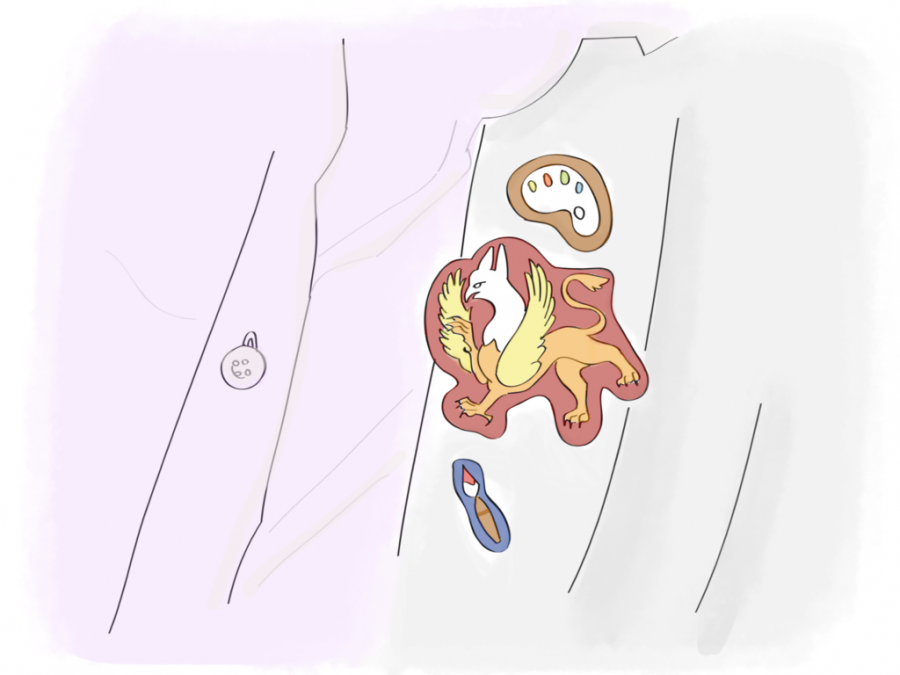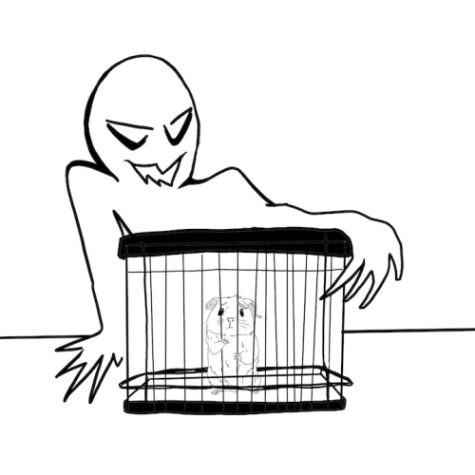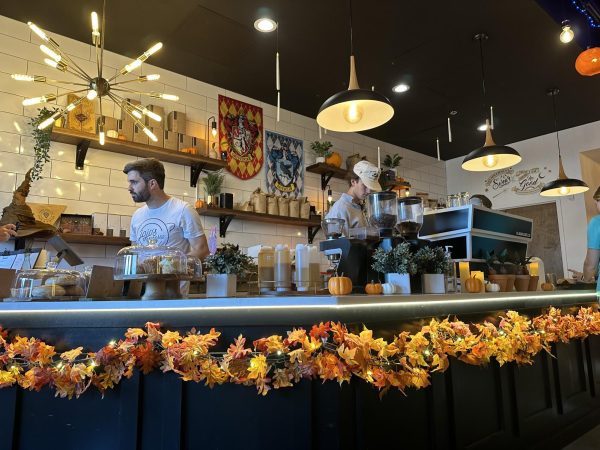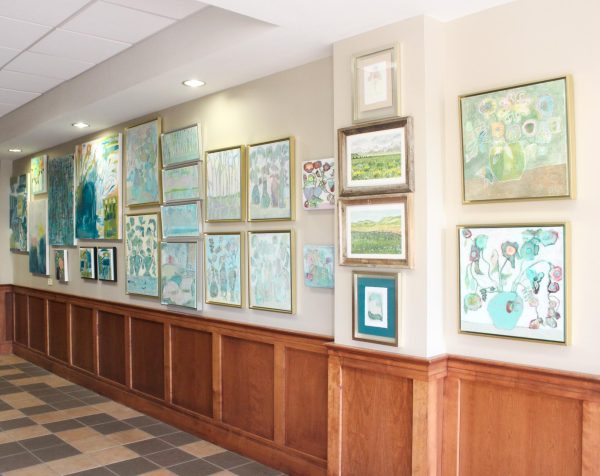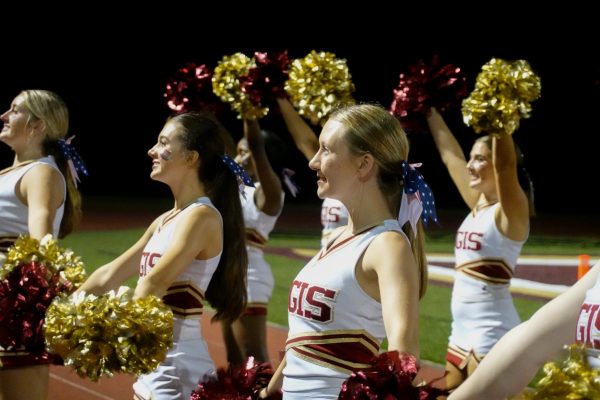Why we need an arts prefect
The St. George’s community is without a doubt one that values the arts. Students are required to take art classes in both middle and upper school and can choose from a selection of visual arts classes like pottery or drawing and performing arts classes, such as acting and directing or Modern Music Ensemble. There are plenty of ways to enjoy from afar or get involved. Every season the thespians put on a new play or musical, and the choir and band hold concerts each semester. Students remain hard at work throughout the year on the literary magazine, visual art shows and forensic competitions. Sadly, despite our arts department’s acclaim and success, this year we lack one key piece: a prefect.
That doesn’t seem right, does it? Our athletes have their teams, trophies, the Bleacher Creatures and their own prefect. Our high-achieving students have their honor societies, their academic awards and their own prefect. We’ve even got not one, but two prefects representing student authority: the prefect of leadership and the head prefect. When student artists walk into chapels and assemblies and are greeted by those prefects, we can’t help but feel a little left out. The arts serve as a creative outlet for young people, and involvement in the arts has been proven to increase test scores and lower dropout rates. According to a collection of statistics compiled by Americans for the Arts, cognitive neuroscientists at several reputable universities have found strong links between arts education and cognitive development in areas like problem solving, concept understanding, information processing and intelligence as a whole.
Apart from the statistical effects, arts involvement is hugely impactful in the lives of students in terms of social interaction and mental health. In my personal experience, participation in the arts has made an unparallelled difference in my life. I began my career on stage when I was in preschool and have carried my love of theater with me throughout my middle and high school years. Performing has given me a confidence I never had before, and I have formed more meaningful, diverse relationships than I believe I could have in any other place.
The absence of a prefect raises concerns for those of us who care deeply about this facet of school life. Young artists deserve to see themselves represented in our student body. A prefect of the arts would be someone student artists could look up to, and their very presence would show student artists that the community cares about the work we are doing. It would show us that our voice matters in the greater scope of our school.
So how do we fix it? We adjust the voting process that is currently in place. Each year, students in the upper school are sent a ballot and asked to vote for “up to eight rising seniors.” Without more structure, they tend to nominate the people that first come to mind. In some ways, this is a positive. Our prefects for this school year are wonderful, smart and talented young adults who deserve the recognition they have received, just as their predecessors did. This method of voting, however, leaves us with a group of leaders that can sometimes represent a limited section of the student body.
In order to diversify the scope of representation, we should vote instead by category. Students should be asked to consider who is best suited to embody the different elements of school culture. By encouraging that few minutes of thought, students would use their vote in a more meaningful way, and the school would end up with a more well-rounded body of student leadership.


